Cats are mysterious creatures, often leaving us in awe with their unpredictable behavior. Have you ever wondered why your feline friend suddenly becomes anxious or upset? Understanding and easing your cat through emotional triggers can be a game-changer in your relationship with them. Let’s dive into the world of feline emotions and discover how you can help your beloved pet navigate through their feelings.
Understanding Feline Emotions
Cats experience a range of emotions similar to humans, but they express them differently. While they may not shed tears or laugh, their body language and behavior speak volumes. A flick of the tail, a gentle purr, or a sudden hiss can all indicate how your cat is feeling. Recognizing these signs is the first step in understanding their emotional world. Cats are creatures of habit, and changes in their environment or routine can lead to stress or anxiety. By observing their behavior closely, you can begin to identify what might be triggering these emotional responses.
Identifying Emotional Triggers
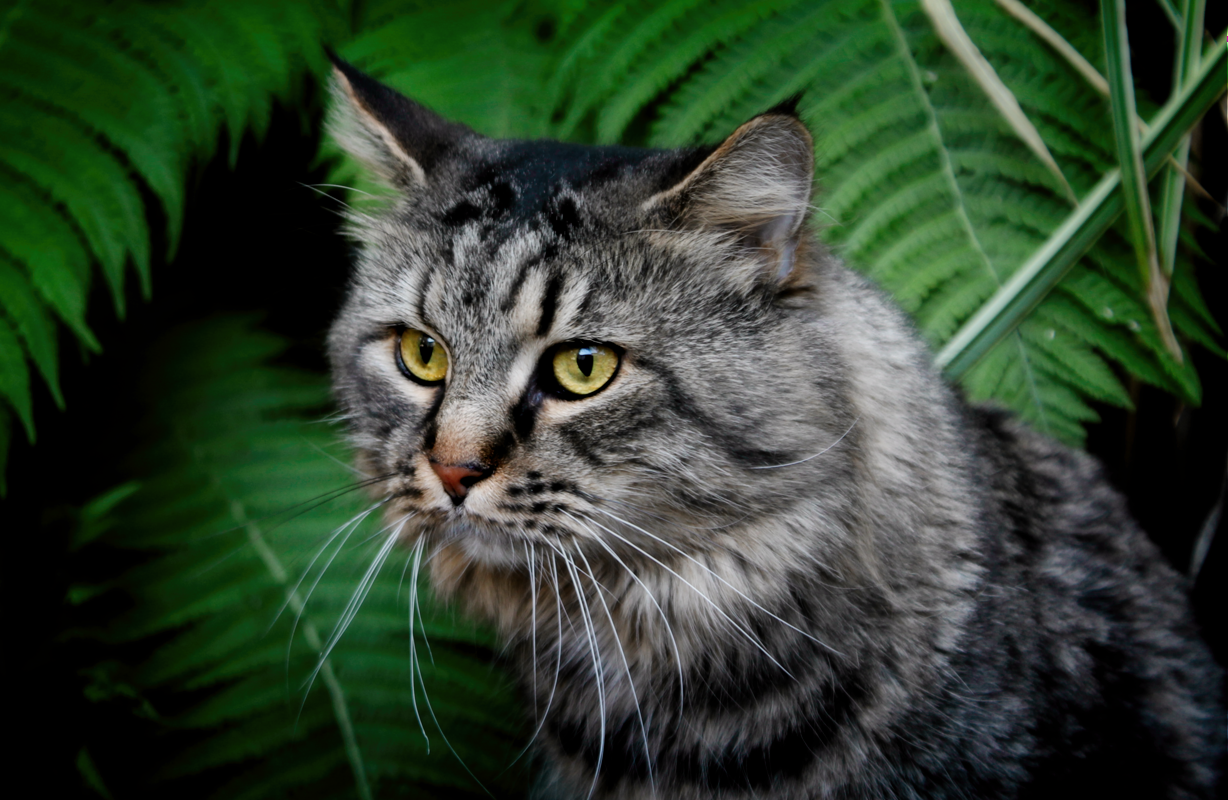
Emotional triggers in cats can vary widely, from loud noises to the presence of unfamiliar animals. Even something as simple as moving furniture can upset their delicate balance. It’s essential to pay attention to what causes your cat to react negatively. Once you’ve identified these triggers, you can take steps to minimize their impact. For instance, if your cat is frightened by thunderstorms, creating a safe and quiet space for them can help ease their anxiety. Understanding what sets off your cat’s emotions is crucial in helping them feel more secure.
Creating a Safe Environment
A safe environment is essential for a cat’s well-being. Cats thrive in spaces where they feel secure and comfortable. Providing hiding spots, like a cozy bed or a cardboard box, can give your cat a sense of safety. Additionally, ensuring that their litter box, food, and water are easily accessible can reduce stress. Cats are territorial animals, and having their own space can help them feel more at ease. By creating a nurturing environment, you can help your cat feel more relaxed and less prone to emotional triggers.
Building Trust and Bonding

Building a strong bond with your cat is key to easing their emotional triggers. Spend quality time with them, engaging in activities they enjoy. Whether it’s playing with toys, grooming, or simply sitting together, these moments can strengthen your connection. Trust is a two-way street, and by being patient and understanding, you can foster a deeper relationship with your cat. When your cat feels secure in your presence, they are more likely to remain calm in stressful situations. Building trust is an ongoing process, but the rewards are well worth the effort.
Recognizing Signs of Stress
Stress in cats can manifest in various ways, such as excessive grooming, changes in appetite, or aggressive behavior. Recognizing these signs early on can help you address the underlying issues. Cats are masters at hiding their discomfort, so it’s essential to be vigilant. If you notice any changes in your cat’s behavior, it’s crucial to investigate further. By identifying the source of stress, you can take steps to alleviate it. Understanding and acknowledging your cat’s stress signals is vital in providing them with the support they need.
Utilizing Calming Techniques
There are several calming techniques you can use to help your cat feel more at ease. Gentle music or white noise can create a soothing atmosphere. Additionally, pheromone diffusers or sprays can mimic the calming scents of a cat’s natural environment. These tools can help reduce anxiety and create a more relaxed atmosphere for your cat. Experiment with different calming techniques to see what works best for your feline friend. By incorporating these methods into your daily routine, you can help your cat feel more comfortable and secure.
Importance of Routine
Cats thrive on routine and predictability. Establishing a consistent daily schedule can help reduce anxiety and stress. Feeding, playtime, and grooming should occur at regular intervals to provide a sense of stability. When your cat knows what to expect, they are less likely to feel anxious or stressed. Consistency in their environment and interactions can make a significant difference in their emotional well-being. By maintaining a routine, you can help your cat feel more in control and less susceptible to emotional triggers.
Introducing New Pets or People

Introducing new pets or people into your cat’s environment can be a significant source of stress. It’s essential to do so gradually and with care. Allow your cat to explore the new addition at their own pace, providing plenty of positive reinforcement along the way. Supervised interactions and gradual introductions can help ease the transition. Remember, patience is key, and giving your cat time to adjust can prevent unnecessary stress. By managing introductions thoughtfully, you can help your cat feel more comfortable with changes in their environment.
Providing Mental Stimulation
Mental stimulation is crucial for a cat’s emotional well-being. Interactive toys, puzzle feeders, and engaging activities can keep your cat’s mind active and reduce boredom. A bored cat is more likely to become anxious or stressed, so providing opportunities for mental enrichment is essential. Rotate toys regularly to keep things interesting and encourage exploration. By stimulating your cat’s mind, you can help them feel more content and less prone to emotional triggers. Engaging your cat’s curiosity can lead to a happier and more fulfilled feline friend.
Understanding Feline Body Language
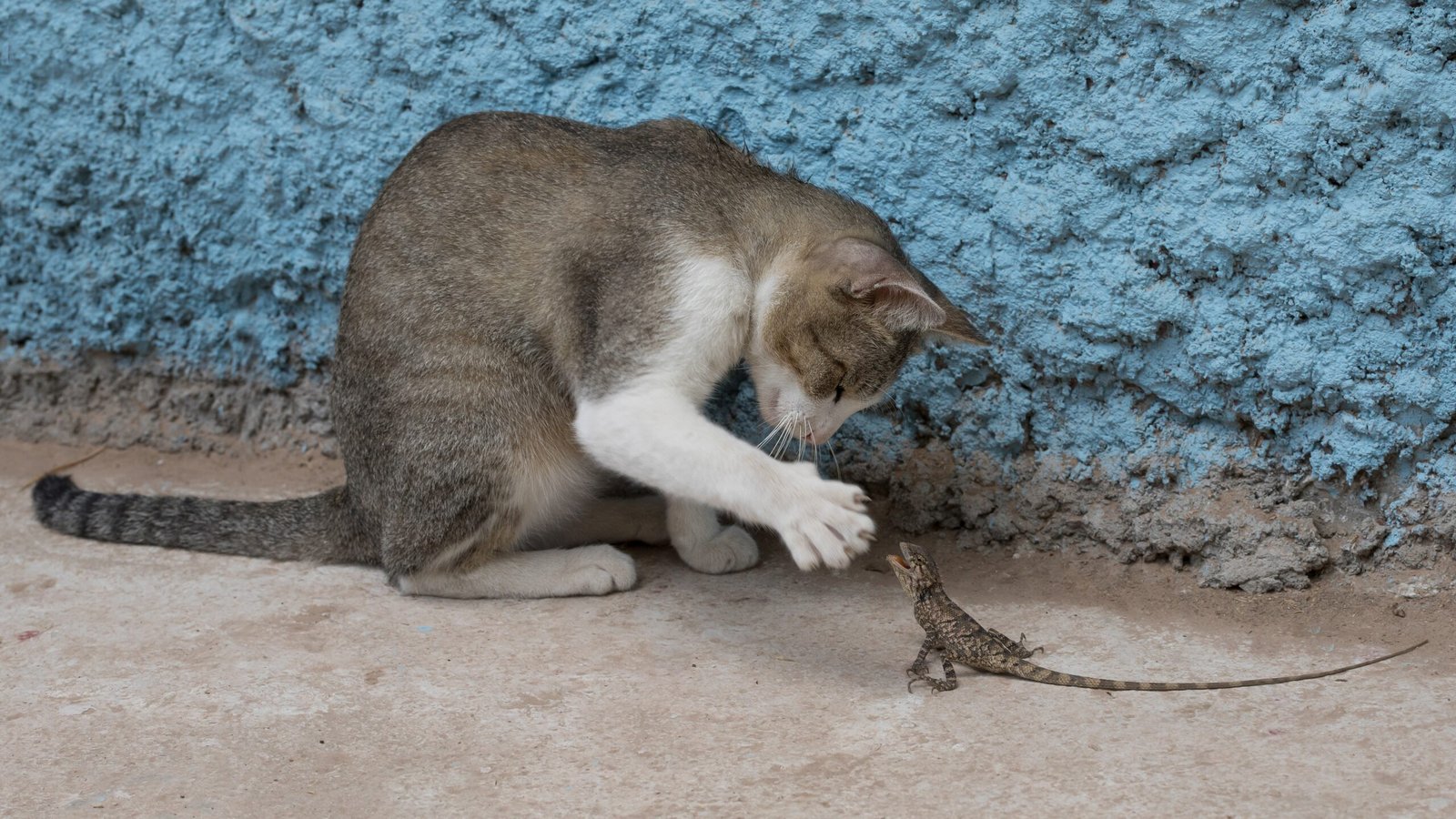
Cats communicate primarily through body language, and understanding their cues can help you respond appropriately. A relaxed cat may have a loose, swaying tail, while an anxious cat might have dilated pupils and flattened ears. By learning to read your cat’s body language, you can better understand their emotions and address their needs. Observing their posture, tail movements, and facial expressions can provide valuable insights into their emotional state. By becoming attuned to your cat’s signals, you can create a more harmonious and empathetic relationship.
Using Positive Reinforcement

Positive reinforcement is a powerful tool in helping your cat navigate emotional triggers. Rewarding calm behavior with treats, praise, or affection can reinforce positive associations. When your cat experiences a trigger, such as a loud noise, offering reassurance and rewards can help them feel more secure. Consistency is key, and reinforcing positive behavior can build your cat’s confidence over time. By using positive reinforcement, you can help your cat develop coping mechanisms and feel more at ease in challenging situations.
Managing Separation Anxiety
Separation anxiety is a common issue in cats, especially those who are closely bonded with their owners. Gradual desensitization, such as leaving for short periods and gradually increasing the time away, can help ease anxiety. Providing comfort items, like a familiar blanket or toy, can also offer reassurance. It’s essential to remain calm and composed during departures and arrivals, as your cat can pick up on your emotions. By managing separation anxiety thoughtfully, you can help your cat feel more secure when you’re not around.
Addressing Fear of Loud Noises
Loud noises, such as fireworks or thunderstorms, can be terrifying for cats. Creating a safe and quiet space, away from the noise, can help them feel more secure. Playing calming music or using white noise can also mask the sound and reduce anxiety. It’s important to remain calm and provide comfort during these events, as your cat will look to you for reassurance. By addressing their fear of loud noises with care, you can help your cat feel more at ease during stressful situations.
Handling Visits to the Veterinarian
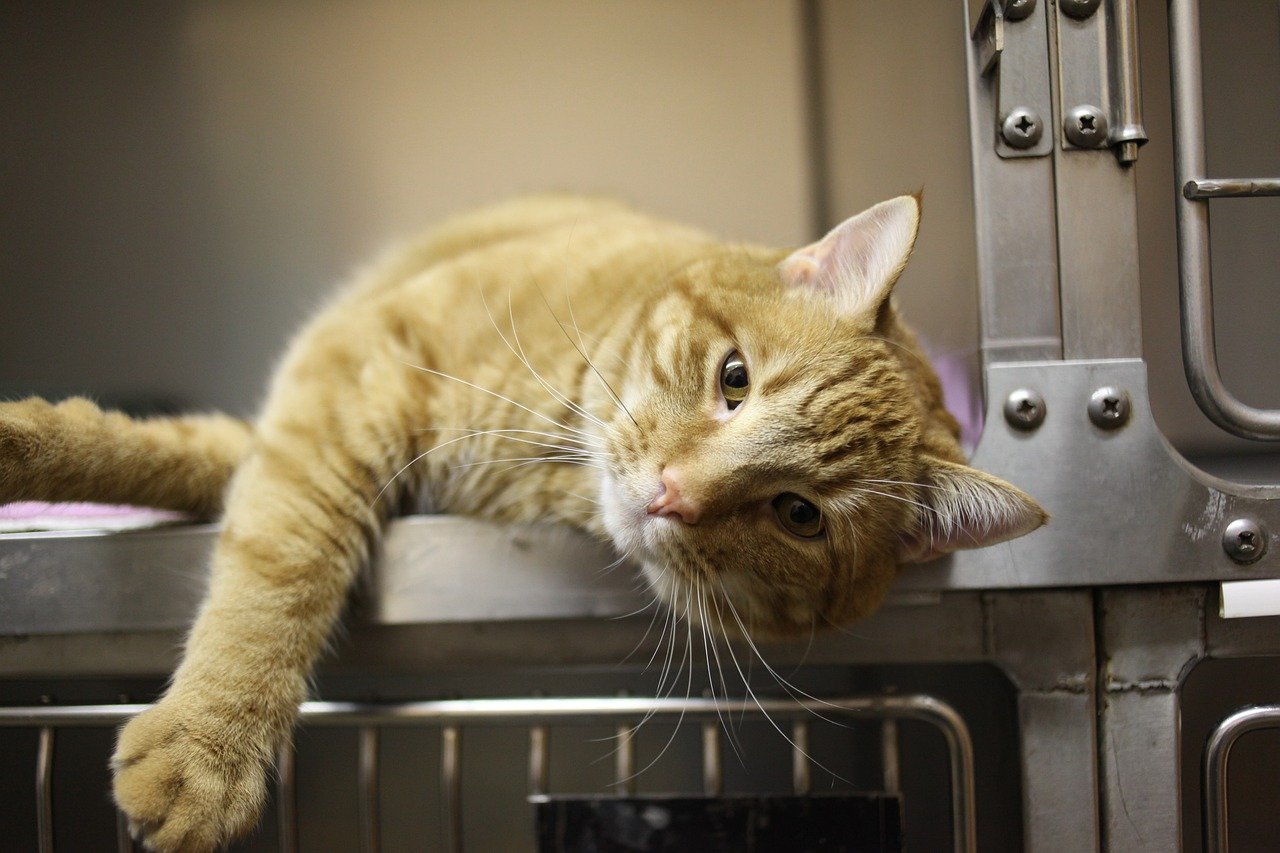
Trips to the veterinarian can be a source of stress for many cats. Familiarizing your cat with their carrier and taking short practice trips can help reduce anxiety. Bringing along a favorite toy or blanket can provide comfort during the visit. It’s essential to remain calm and reassuring, as your cat will pick up on your emotions. By preparing your cat for veterinary visits, you can help them feel more comfortable and less stressed during these necessary appointments.
Promoting Physical Health
Physical health plays a significant role in a cat’s emotional well-being. Regular check-ups, a balanced diet, and exercise can contribute to a happy and healthy cat. Addressing any medical issues promptly can prevent discomfort and reduce stress. Ensuring your cat’s physical needs are met can have a positive impact on their emotional state. By prioritizing their health, you can help your cat feel more comfortable and less susceptible to emotional triggers.
Understanding the Role of Diet
Diet can have a profound effect on a cat’s mood and behavior. Providing a balanced and nutritious diet can support their overall well-being. Some cats may benefit from specific diets designed to reduce anxiety or promote relaxation. Consulting with your veterinarian can help you determine the best dietary options for your cat. By understanding the role of diet in your cat’s emotional health, you can make informed choices that support their well-being.
Providing Social Interaction

Social interaction is essential for a cat’s emotional health. Spending time with your cat, engaging in play, and providing affection can strengthen your bond. Some cats may enjoy the company of other pets, while others prefer solitude. Understanding your cat’s social preferences can help you provide the right balance of interaction and alone time. By fostering positive social experiences, you can help your cat feel more content and secure.
Addressing Aggressive Behavior
Aggressive behavior in cats can be a sign of stress or fear. Identifying the underlying cause of aggression is crucial in addressing the issue. Providing a calm and secure environment, along with positive reinforcement, can help reduce aggressive behavior. It’s important to remain patient and avoid punishment, as this can exacerbate the problem. By addressing aggressive behavior with care and understanding, you can help your cat feel more at ease and less prone to emotional triggers.
Encouraging Play and Exploration
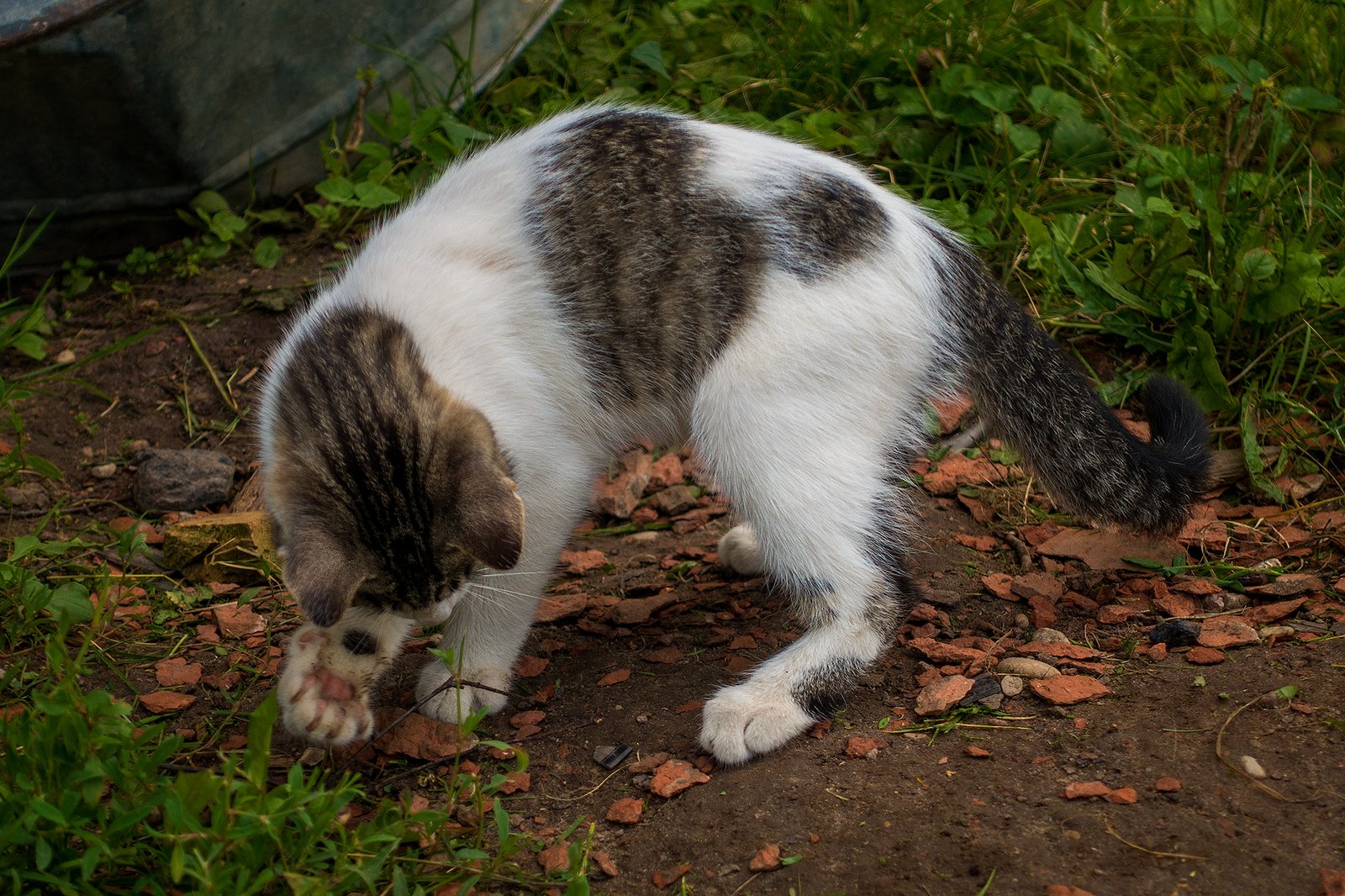
Play and exploration are vital for a cat’s emotional well-being. Providing a variety of toys and opportunities for exploration can keep your cat engaged and stimulated. Regular playtime can also strengthen your bond and provide an outlet for energy. Encouraging your cat to explore their environment can boost their confidence and reduce anxiety. By fostering a playful and curious atmosphere, you can help your cat feel more content and less susceptible to emotional triggers.
Recognizing When to Seek Professional Help
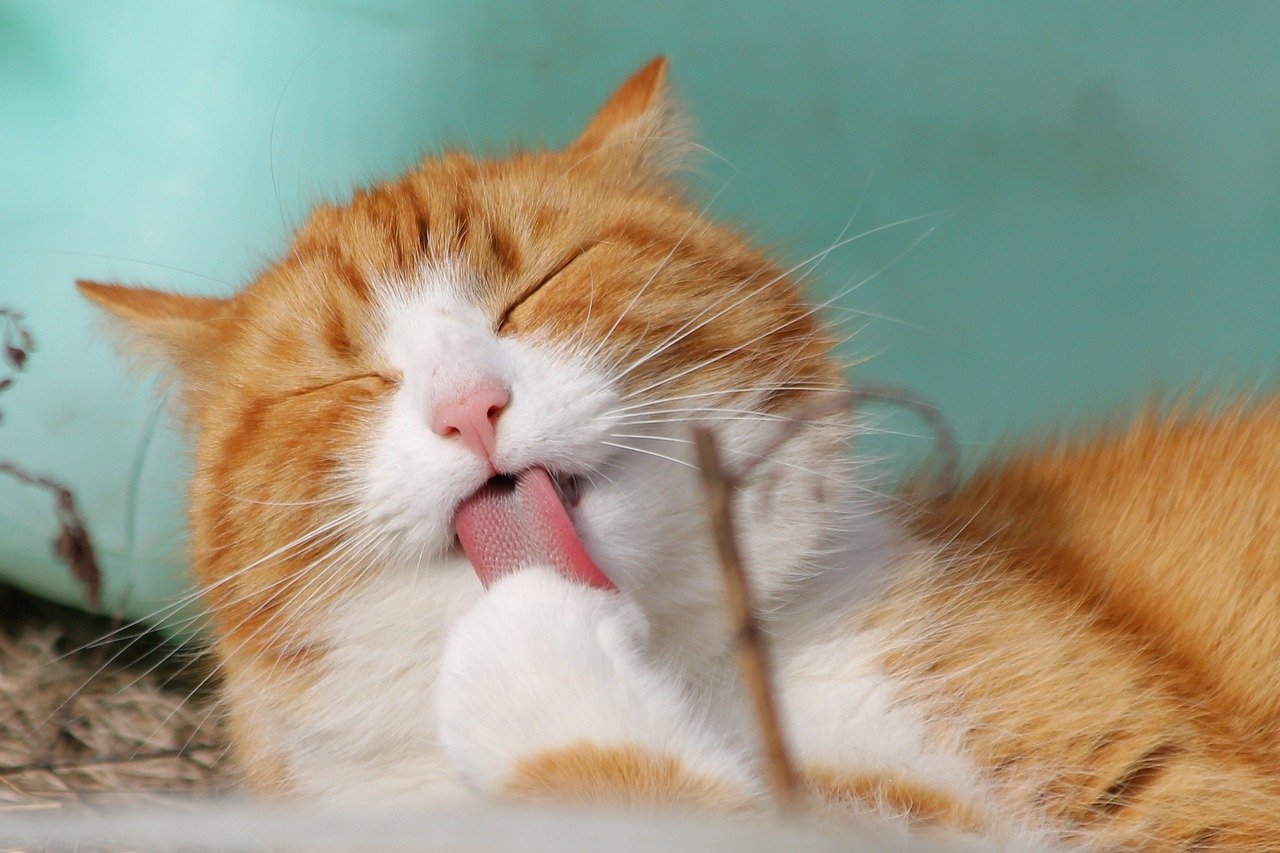
Sometimes, despite our best efforts, a cat’s emotional triggers may require professional intervention. Consulting with a veterinarian or a feline behaviorist can provide valuable insights and guidance. They can help identify underlying issues and develop a tailored plan to address your cat’s needs. Seeking professional help is a proactive step in ensuring your cat’s emotional well-being. By recognizing when to seek assistance, you can provide your cat with the support they need to thrive.
In conclusion, understanding and easing your cat through emotional triggers is a journey that requires patience, empathy, and dedication. By creating a safe environment, building trust, and utilizing calming techniques, you can help your cat navigate their emotions with confidence. Remember, every cat is unique, and finding what works best for your feline friend is key to fostering a harmonious and fulfilling relationship. What strategies will you try with your cat today?
Hi, I’m Bola, a passionate writer and creative strategist with a knack for crafting compelling content that educates, inspires, and connects. Over the years, I’ve honed my skills across various writing fields, including content creation, copywriting, online course development, and video scriptwriting.
When I’m not at my desk, you’ll find me exploring new ideas, reading books, or brainstorming creative ways to solve challenges. I believe that words have the power to transform, and I’m here to help you leverage that power for success.
Thanks for stopping by, Keep coming to this website to checkout new articles form me. You’d always love it!





